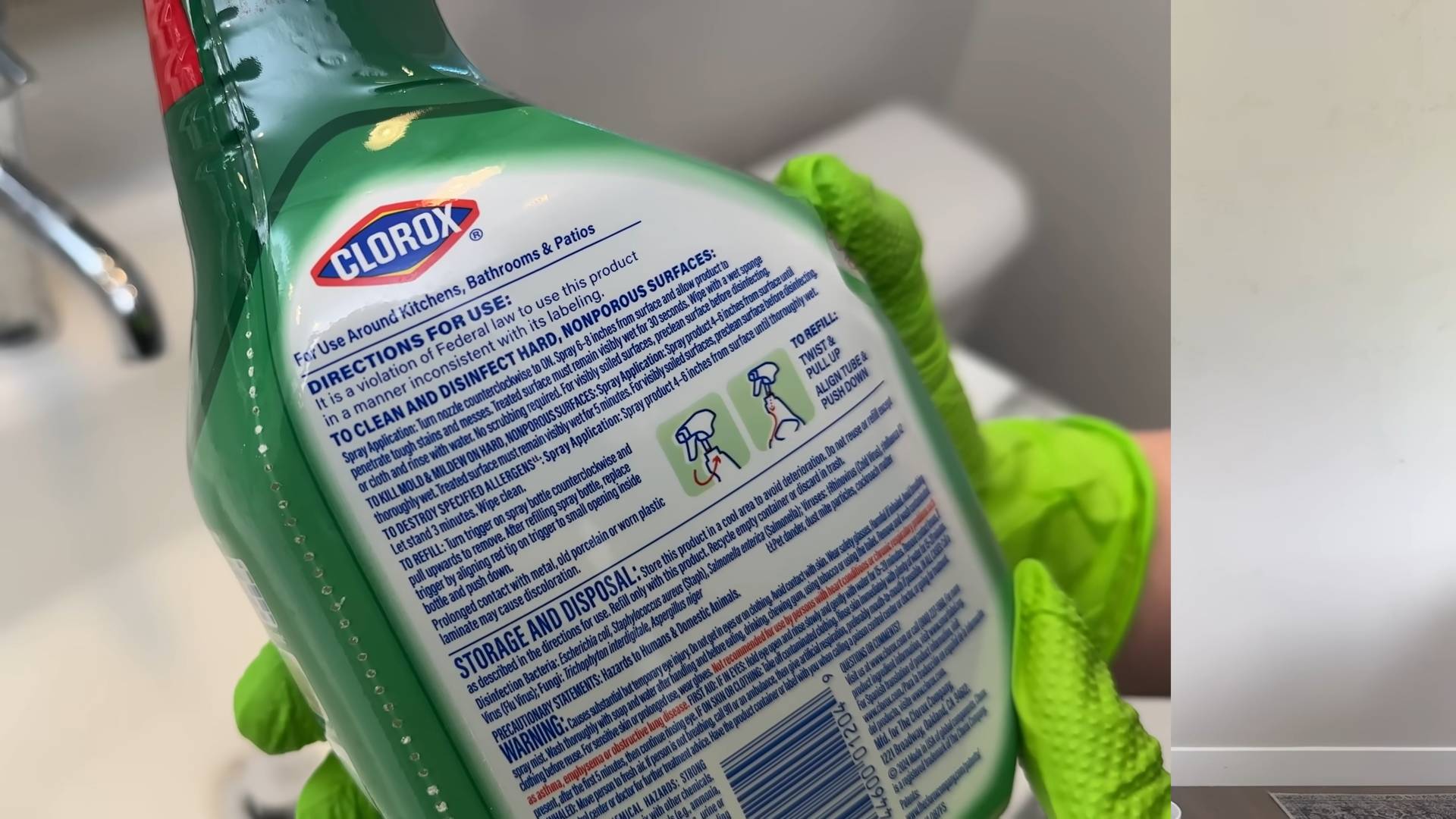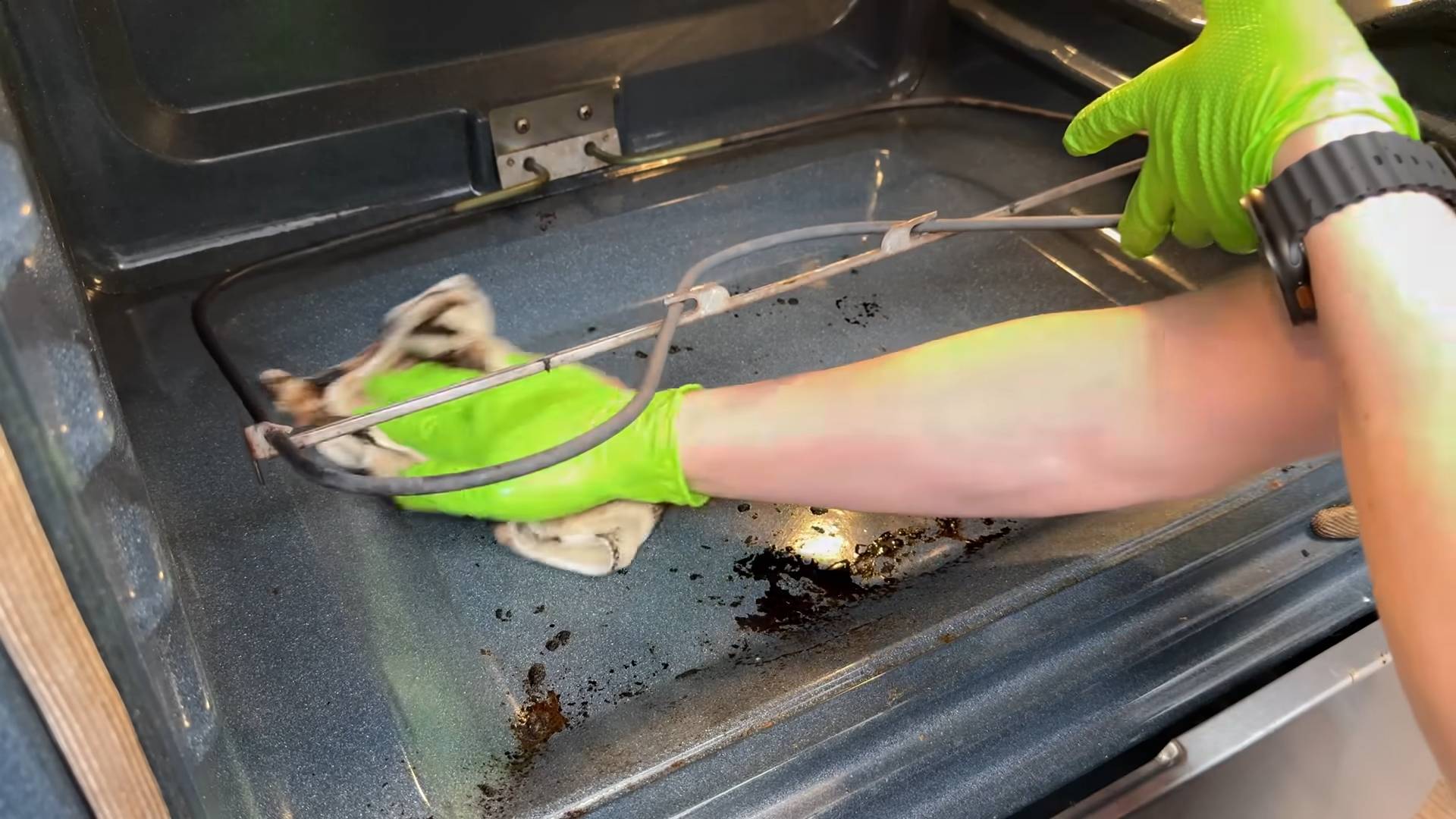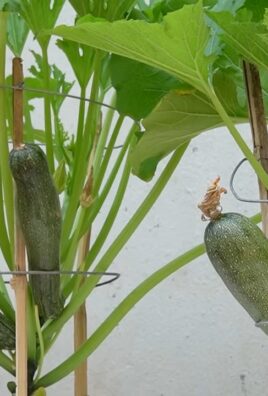Easy home cleaning tips are the secret weapon you need to reclaim your weekends and finally enjoy a sparkling clean home without spending hours scrubbing! Let’s face it, nobody *really* loves cleaning. It’s often seen as a chore, a necessary evil that eats into our precious free time. But what if I told you there were simple, effective tricks that could drastically cut down on your cleaning time and effort?
Throughout history, maintaining a clean home has been a sign of prosperity and well-being. From ancient civilizations using natural remedies like vinegar and baking soda to modern advancements in cleaning technology, the pursuit of a tidy living space has always been a priority. But in today’s fast-paced world, finding the time for deep cleaning can feel impossible. That’s where these easy home cleaning tips come in handy!
I’m going to share some of my favorite DIY cleaning hacks that will not only save you time and money but also help you create a healthier and happier home environment. These aren’t your grandma’s old-fashioned cleaning methods (although some of those are pretty great too!). We’re talking about clever shortcuts, smart product usage, and simple routines that will transform the way you approach cleaning. Get ready to say goodbye to endless scrubbing and hello to a cleaner, more relaxed you!

DIY Home Cleaning Hacks That Will Save You Time and Money!
Okay, let’s be honest, cleaning isn’t exactly anyone’s favorite pastime. But a clean home is a happy home, right? I’ve gathered some of my absolute favorite DIY cleaning hacks that are not only super effective but also incredibly budget-friendly. Get ready to ditch those expensive store-bought cleaners and embrace the power of simple ingredients!
Cleaning Your Microwave Like a Pro
Microwaves are notorious for splatters and stuck-on food. But fear not! This hack will have your microwave sparkling in minutes with minimal effort.
What You’ll Need:
* 1 cup of water
* 1 tablespoon of white vinegar or lemon juice
* Microwave-safe bowl
Step-by-Step Instructions:
1. Combine Water and Vinegar (or Lemon Juice): In your microwave-safe bowl, mix the water and vinegar (or lemon juice). The vinegar helps to loosen grime, while the lemon juice adds a fresh scent.
2. Microwave the Mixture: Place the bowl in the microwave and heat it on high for 5-5 minutes. You want the mixture to boil and create steam inside the microwave.
3. Let it Sit: Once the timer goes off, don’t open the microwave door immediately! Let the steam work its magic for another 2-3 minutes. This will further loosen the grime.
4. Wipe Clean: Carefully remove the bowl (it will be hot!). Use a clean cloth or sponge to wipe down the inside of the microwave. You’ll be amazed at how easily the splatters come off! For stubborn spots, you might need a little extra elbow grease, but most of the gunk should wipe away effortlessly.
5. Clean the Turntable: Don’t forget to remove and wash the turntable and the rotating ring. You can usually wash these in the dishwasher or by hand with soap and water.
Unclogging Drains Naturally
Clogged drains are a common household problem, and those chemical drain cleaners can be harsh and expensive. This natural solution is just as effective and much gentler on your pipes.
What You’ll Need:
* 1 cup of baking soda
* 1 cup of white vinegar
* Boiling water
Step-by-Step Instructions:
1. Pour in the Baking Soda: Carefully pour the baking soda down the clogged drain. Try to get as much of it into the drain as possible.
2. Add the Vinegar: Next, pour the white vinegar down the drain on top of the baking soda. You’ll hear a fizzing sound – that’s the chemical reaction working to break down the clog.
3. Let it Fizz: Let the mixture fizz and bubble for about 30 minutes. This gives the baking soda and vinegar time to dissolve the clog.
4. Flush with Boiling Water: After 30 minutes, carefully pour a pot of boiling water down the drain. The hot water will help to flush away the loosened debris.
5. Repeat if Necessary: If the drain is still clogged, repeat the process. For particularly stubborn clogs, you might need to repeat it a couple of times.
Making Your Own All-Purpose Cleaner
This all-purpose cleaner is perfect for cleaning countertops, sinks, and other surfaces. It’s safe, effective, and smells amazing!
What You’ll Need:
* Spray bottle
* 1/2 cup of white vinegar
* 1/4 cup of rubbing alcohol (70% isopropyl alcohol)
* 1 teaspoon of dish soap
* 2 cups of water
* 10-20 drops of essential oil (optional, for fragrance) – lavender, lemon, tea tree, or eucalyptus are great choices.
Step-by-Step Instructions:
1. Combine Ingredients: In your spray bottle, combine the white vinegar, rubbing alcohol, dish soap, and water.
2. Add Essential Oils (Optional): If you’re using essential oils, add them to the mixture.
3. Shake Well: Secure the spray bottle lid and shake well to combine all the ingredients.
4. Spray and Wipe: To use, simply spray the cleaner onto the surface you want to clean and wipe it down with a clean cloth or sponge.
Important Note: Always test the cleaner on a small, inconspicuous area first to make sure it doesn’t damage the surface. Avoid using this cleaner on natural stone surfaces like granite or marble, as the vinegar can etch them.
Cleaning Your Shower Head for Better Water Pressure
Over time, shower heads can become clogged with mineral deposits, reducing water pressure. This simple hack will restore your shower head to its former glory.
What You’ll Need:
* Plastic bag (gallon-sized)
* White vinegar
* Rubber band or twist tie
Step-by-Step Instructions:
1. Fill the Bag with Vinegar: Fill the plastic bag with enough white vinegar to completely submerge the shower head.
2. Attach the Bag to the Shower Head: Carefully attach the bag to the shower head, making sure the shower head is fully submerged in the vinegar. Secure the bag with a rubber band or twist tie.
3. Soak Overnight: Let the shower head soak in the vinegar overnight (or for at least a few hours). This will give the vinegar time to dissolve the mineral deposits.
4. Remove and Rinse: Remove the bag and discard the vinegar. Rinse the shower head thoroughly with water to remove any remaining vinegar and loosened deposits.
5. Wipe Clean: Wipe the shower head clean with a cloth or sponge.
6. Run the Shower: Run the shower for a few minutes to flush out any remaining debris. You should notice a significant improvement in water pressure!
Freshening Your Mattress
Mattresses can harbor dust mites and odors. This simple freshening trick will leave your mattress smelling clean and fresh.
What You’ll Need:
* Baking soda
* Essential oil (optional) – lavender, eucalyptus, or tea tree are great choices.
* Sifter or strainer
* Vacuum cleaner with upholstery attachment
Step-by-Step Instructions:
1. Prepare the Baking Soda Mixture: In a bowl, mix the baking soda with a few drops of essential oil (if using). The essential oil will add a pleasant scent.
2. Sift the Baking Soda onto the Mattress: Using a sifter or strainer, evenly distribute the baking soda mixture over the entire surface of the mattress.
3. Let it Sit: Let the baking soda sit on the mattress for at least 30 minutes, or even better, for a few hours. The baking soda will absorb odors and moisture.
4. Vacuum Thoroughly: Use the upholstery attachment on your vacuum cleaner to thoroughly vacuum the entire surface of the mattress, removing all the baking soda.
5. Flip and Repeat: Flip the mattress and repeat the process on the other side.
Cleaning Your Blinds with a Sock
Cleaning blinds can be a tedious task, but this clever hack makes it much easier.
What You’ll Need:
* Old sock (clean)
* White vinegar or all-purpose cleaner
* Spray bottle
Step-by-Step Instructions:
1. Prepare the Sock: Dampen the sock with white vinegar or your all-purpose cleaner. You can either spray the cleaner directly onto the sock or dip the sock in a bowl of cleaner.
2. Slip the Sock onto Your Hand: Slip the sock onto your hand, like a glove.
3. Clean the Blinds: Use your sock-covered hand to wipe down each slat of the blinds. The sock will effectively pick up dust and grime.
4. Rinse and Repeat: If the sock becomes too dirty, rinse it with water and re-dampen it with cleaner. Repeat the process until all the blinds are clean.
Polishing Furniture with Olive Oil and Lemon Juice
This natural furniture polish will leave your wood furniture looking shiny and new.
What You’ll Need:
* 1/4 cup olive oil
* 1 tablespoon lemon juice
* Soft cloth
Step-by-Step Instructions:
1. Combine Ingredients: In a small bowl, combine the olive oil and lemon juice.
2. Apply to Furniture: Dip a soft cloth into the mixture and apply it to your wood furniture in a circular motion.
3. Buff to a Shine: Use a clean, dry cloth to buff the furniture to a shine.
Important Note: Always test the polish on a small, inconspicuous area first to make sure it doesn’t damage the finish.
Cleaning Grout with Baking Soda Paste
Dirty grout can make your tiles look dingy. This baking soda paste will brighten your grout and make your tiles sparkle.
What You’ll Need:
* Baking soda
*

Conclusion
So, there you have it! Transforming your cleaning routine with these easy home cleaning tips isn’t just about saving money; it’s about reclaiming control over the products you use and creating a healthier, happier home environment. We’ve explored simple yet effective methods that utilize everyday ingredients, proving that a sparkling clean space doesn’t require harsh chemicals or a hefty price tag.
The beauty of these DIY cleaning solutions lies in their adaptability. Feel free to experiment with different essential oils to personalize the scents of your cleaners. For instance, add a few drops of tea tree oil to your all-purpose cleaner for its antibacterial properties, or lavender oil for a calming aroma. If you have particularly stubborn stains, consider adding a bit of washing soda to your cleaning paste for extra cleaning power. Remember to always test your DIY cleaners on a small, inconspicuous area first to ensure they don’t damage the surface.
Beyond the basic recipes, consider expanding your DIY cleaning arsenal. Create a natural furniture polish using olive oil and lemon juice, or a simple drain cleaner with baking soda and vinegar. The possibilities are endless, and the satisfaction of creating your own effective and eco-friendly cleaning products is truly rewarding.
Why is this a must-try? Because it empowers you to create a cleaner, healthier, and more sustainable home without breaking the bank. You’ll know exactly what’s going into your cleaning products, avoiding harsh chemicals and reducing your environmental impact. Plus, it’s a fun and engaging way to take control of your cleaning routine.
We wholeheartedly encourage you to try these easy home cleaning tips and experience the difference for yourself. Start with one or two recipes and gradually incorporate them into your regular cleaning schedule. You might be surprised at how effective and enjoyable DIY cleaning can be.
Don’t just take our word for it! We’d love to hear about your experiences. Share your successes, your variations, and any challenges you encounter in the comments below. Let’s build a community of DIY cleaning enthusiasts who are passionate about creating healthier homes and a cleaner planet. Your insights and feedback will help others discover the joy and benefits of these simple yet powerful cleaning solutions. Let us know which of these easy home cleaning tips worked best for you!
Frequently Asked Questions (FAQ)
Are these DIY cleaning solutions as effective as store-bought cleaners?
In many cases, yes! The effectiveness of DIY cleaning solutions depends on the specific recipe and the type of cleaning task. Ingredients like vinegar, baking soda, and lemon juice possess natural cleaning properties that can tackle a wide range of household messes. For everyday cleaning tasks like wiping down surfaces, cleaning windows, and deodorizing, DIY solutions can be just as effective, if not more so, than their store-bought counterparts. However, for heavily soiled or specialized cleaning tasks, such as removing tough grease stains or disinfecting surfaces in healthcare settings, commercial cleaners might be necessary. The key is to understand the limitations of each DIY solution and choose the appropriate cleaner for the job.
Are these DIY cleaners safe for all surfaces?
Not necessarily. It’s crucial to test any DIY cleaner on a small, inconspicuous area before applying it to the entire surface. Certain ingredients, like vinegar, can be acidic and may damage delicate surfaces like marble, granite, or waxed wood. Similarly, abrasive ingredients like baking soda can scratch soft surfaces. Always research the compatibility of each ingredient with the surface you intend to clean. When in doubt, dilute the cleaner with water or opt for a gentler alternative. For example, instead of using vinegar on marble, try a solution of mild dish soap and water.
How long can I store DIY cleaning solutions?
The shelf life of DIY cleaning solutions varies depending on the ingredients. Solutions containing water are more prone to bacterial growth and should be used within a week or two. Solutions made with vinegar, alcohol, or essential oils tend to have a longer shelf life, typically several months. To maximize the shelf life of your DIY cleaners, store them in airtight containers in a cool, dark place. Label each container with the date it was made and the ingredients it contains. If you notice any changes in color, odor, or consistency, discard the solution.
Can I use essential oils in all of these recipes?
While essential oils can add a pleasant scent and potential antibacterial properties to your DIY cleaners, it’s important to use them with caution. Some essential oils can be irritating to the skin or respiratory system, especially for individuals with allergies or sensitivities. Always dilute essential oils properly and avoid using them in concentrated form. Research the safety of each essential oil before using it in your cleaning solutions. Some essential oils are also not safe for use around pets or children. If you’re unsure about the safety of a particular essential oil, consult with a qualified aromatherapist or healthcare professional.
What are some alternatives to vinegar for those who don’t like the smell?
If you find the smell of vinegar unpleasant, there are several alternatives you can use in your DIY cleaning solutions. Lemon juice is a great substitute for vinegar in many recipes, as it also possesses acidic cleaning properties and has a refreshing scent. Another option is citric acid, which is a powdered form of lemon juice that can be easily dissolved in water. For some cleaning tasks, you can also use baking soda as a substitute for vinegar. Baking soda is a mild abrasive that can help to scrub away dirt and grime.
How can I make my DIY cleaning solutions more eco-friendly?
There are several ways to make your DIY cleaning solutions even more eco-friendly. Use reusable spray bottles and containers to reduce plastic waste. Choose biodegradable and sustainably sourced ingredients whenever possible. Consider using filtered water instead of tap water to minimize mineral buildup. Dispose of used cleaning solutions responsibly by diluting them with water and pouring them down the drain or flushing them down the toilet. Avoid using harsh chemicals or synthetic fragrances in your DIY cleaners, as these can pollute the environment.
What are some safety precautions I should take when making and using DIY cleaning solutions?
Always wear gloves when making and using DIY cleaning solutions to protect your skin from irritation. Avoid mixing different cleaning solutions together, as this can create dangerous fumes. Keep DIY cleaning solutions out of reach of children and pets. Store DIY cleaning solutions in labeled containers to prevent accidental ingestion. If you accidentally ingest a DIY cleaning solution, contact poison control immediately. Ensure proper ventilation when using DIY cleaning solutions, especially in enclosed spaces.





Leave a Comment